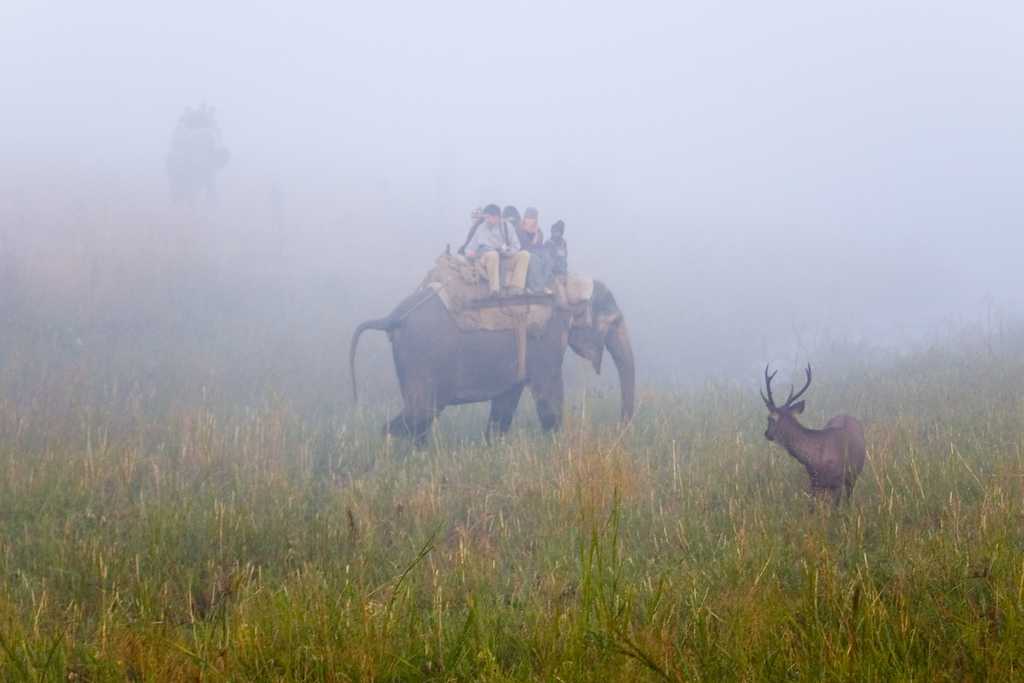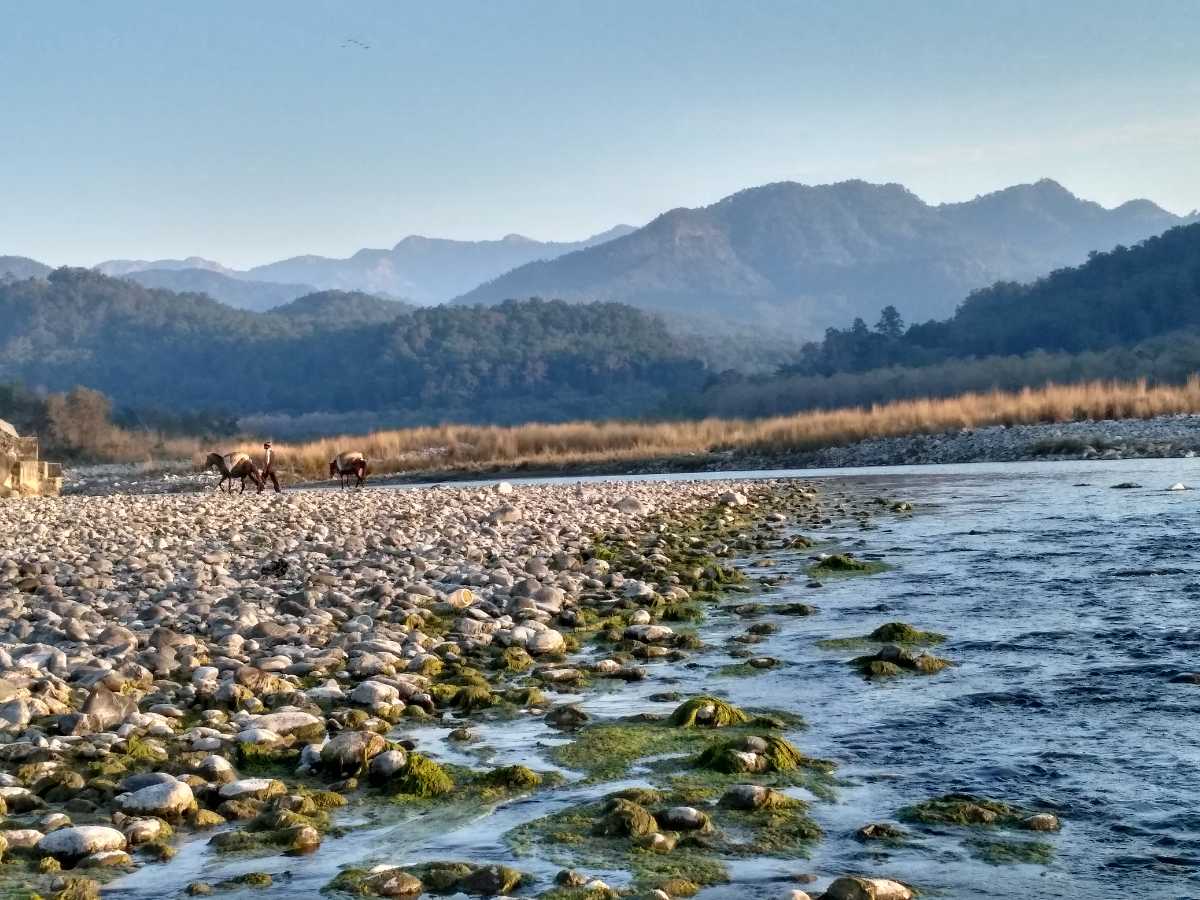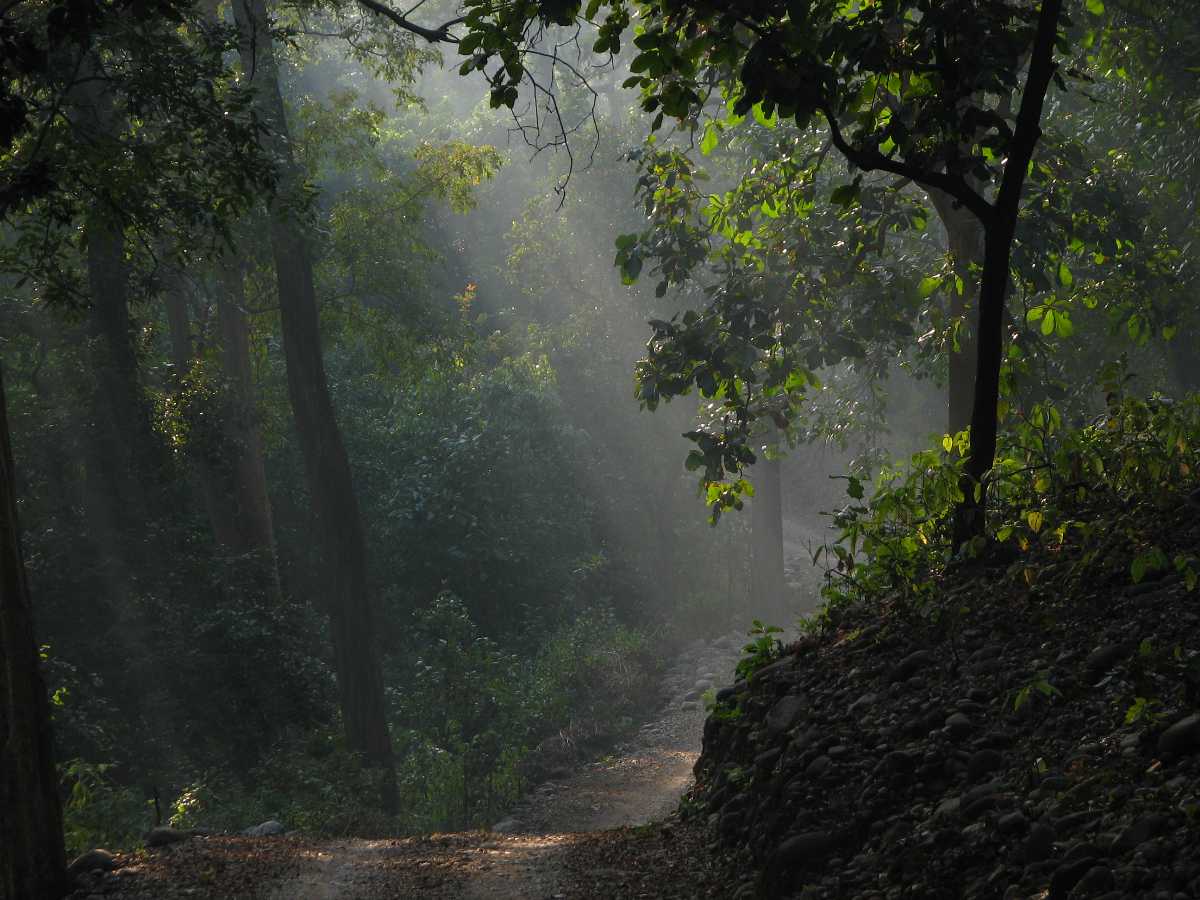Get Holiday Package Offers
You can get a customised offer for your trip duration, dates, and group size
View PackagesBest Time To Visit Jim Corbett National Park
"India’s First Tiger Reserve"

Save upto 30%
by comparing quotes from 3 agents
Get Holiday Package Offers
You can get a customised offer for your trip duration, dates, and group size
View Packages
Save upto 30%
by comparing quotes from 3 agents
The best time to visit Jim Corbett National Park is between November and February i.e, during the winter season when all the zones are open, and you can spot the most animals. Another good time to visit Corbett is during summers which is the best time to spot most animals near water bodies. Monsoons (June- August) are likely not ideal since the park remains closed most of the time during these months.
Jim Corbett National Park Opening Dates:
All the five zones of Jim Corbett doesn't remain open at all times. The Jhirna Zone is open throughout the year, and you can find birds and occasionally tigers there as well. The Sitabani Zone is also open all year round. These zones have a drier area, with rocky plains that are easily navigable in the monsoon as well. The Dhikala Zone is the most coveted of them all, where you can find the highest number of tigers and cubs, but this zone is open only between 15 November and 15 June every year. Similarly, the Durga Devi Zone is also open only between November and June. The Bijrani Zone is open from October to June. This is because the three zones are hilly and have dense forests, which are at a higher risk for landslides. The roads to these zones are also blocked in the monsoon. Keep in mind that the Park closes at night, and you cannot camp inside the premises.
| Month | High/Low (°C) | Rain |
|---|---|---|
| January | 18°/ 8° | 11 days |
| February | 21°/ 9° | 4 days |
| March | 25°/ 13° | 7 days |
| April | 30°/ 17° | 3 days |
| May | 36°/ 20° | 0 days |
| June | 36°/ 23° | 7 days |
| July | 30°/ 23° | 25 days |
| August | 29°/ 23° | 26 days |
| September | 28°/ 21° | 23 days |
| October | 28°/ 17° | 2 days |
| November | 26°/ 14° | 1 days |
| December | 19°/ 8° | 2 days |


Kosi River, Jim Corbett National Park
Source

December - May